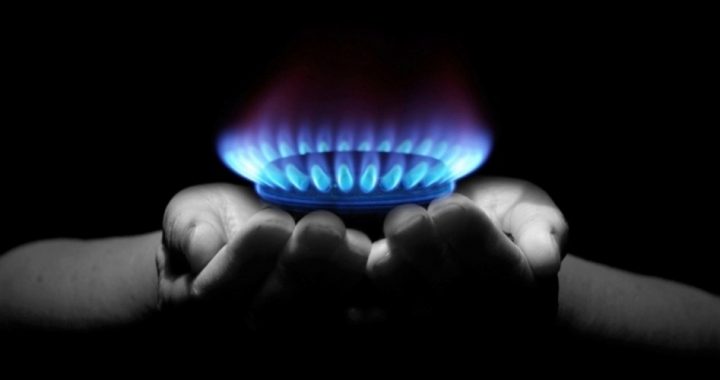
The latest estimate from API, the energy trade group, is that increased exports of LNG (liquefied natural gas) over the next 20 years will add nearly 500,000 jobs to the American economy and $73 billion to the country’s gross domestic product (GDP). Marty Durbin, API’s chief strategy officer, stated, “This report confirms that increasing U.S. LNG exports would bring great benefits to American workers and consumers and [to] the U.S. economy. Increasing the use of U.S. natural gas throughout the world means more production here at home, cleaner air, and increased energy security for our nation and our allies.”
The revolution taking place in natural gas has been almost completely overlooked. Most of the focus is on crude oil — its drop from $100 a barrel in 2014 to under $60 today, and how that is threatening the very existence of the OPEC cartel. Indeed, lower gasoline prices get a lot of coverage, while cheaper natural gas shows up in lower utility bills, which is much less exciting.
But the fracking revolution that has transformed the development of America’s crude-oil reserves is also revolutionizing the production of natural gas. Natural gas is the country’s largest source of energy production, representing a third of all energy produced in 2016. It has been the largest source of electrical power since July 2015. And the United States has been the world’s largest producer of natural gas since 2009, when it first started outproducing Russia.
Now that technology has reduced the cost of liquefying natural gas so it can be transported around the world competitively on ships, other countries will shortly begin enjoying the same type of economic benefits.
It’s a textbook example of what happens when prices drop: More is demanded. With natural gas prices half of where they were just three years ago, coal-fired power plants are switching to natural gas. Utility bills are lower and the air is cleaner.
But things are a little more complicated in the real world. What if foreign countries don’t have the facilities to unload LNG, or transport it to where it’s needed? What if the country is so poor that, although its needs are great, it doesn’t have the necessary infrastructure?
That problem is being solved by companies such as Royal Dutch Shell, Total SA, Chevron, and Cheniere Energy out of Houston. Chevron, for example, just invested $80 billion to expand Australian LNG facilities so they can buy more product from them. Total SA said it’s working with Myanmar and South Africa to build out their infrastructure, including pipelines and power plants, so they can purchase their natural gas. Cheniere Energy is doing the same in Chile. Similar developments are underway in Vietnam.
In other words, Big Gas is not only producing LNG, but it’s helping future customers build the facilities to use it.
There are myriad side benefits. Markets that trade LNG futures are springing up, allowing users in local markets to lock in prices in an otherwise volatile market. And there are political benefits, too. Just ask Poland, which opened its first LNG import terminal last year, lessening its reliance on natural gas piped in from Russia.
At present, there are 170 LNG tankers traversing the high seas, up from 150 just a year ago. And demand for natural gas is growing at four times that of crude oil. It’s expected that the volume of LNG — up 22 percent in three years — will rise another 21 percent by 2020.
The impact is even being felt at the Panama Canal, where which was widened in order to handle the larger LNG vessels.
The technology continues to surprise: There are now even floating LNG facilities. They cost less than permanent on-shore facilities, can be built in a fraction of the time, and can be moved to where the best opportunities lie. The first floating facility was christened in 2005. Today there are 25 of them.
And not only will the United States continue to enjoy greater economic activity as the demand for natural gas continues to increase, but foreign countries will enjoy similar benefits as LNG drives down their energy costs. Since energy is the driver of any economy, lower energy costs translate into improved standards of living.
It is the invisible revolution that is happening as free markets, improved technology, and lower energy costs work in concert to make life better for consumers around the world as well as here at home.
An Ivy League graduate and former investment advisor, Bob is a regular contributor to The New American magazine and blogs frequently at LightFromTheRight.com, primarily on economics and politics. He can be reached at badelmann@thenewamerican.com.



